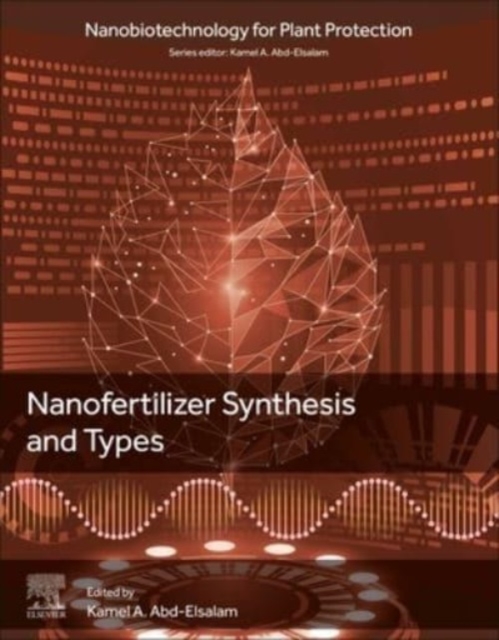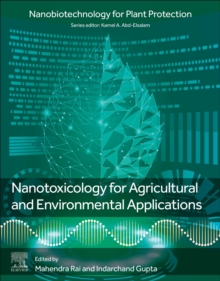
Nanofertilizer Synthesis: Methods and Types Paperback / softback
Edited by Kamel (Molecular Plant Pathologist, Plant Pathology Research Institute, Agricultural A Abd-Elsalam
Part of the Nanobiotechnology for Plant Protection series
Paperback / softback
Description
Nanofertilizer Synthesis: Methods and Types discusses the production of a variety of nano-fertilizers, including biological, chemical, and mechanical types.
The book presents the latest information, highlights the benefits and impacts of each, and provides a single-volume resource to help effectively and efficiently identify options based on use-case.
Exploring the topic from the various mechanistic types to the relevant regulatory, safety, and economic aspects, this volume will be appropriate for those working with and researching new nano-fertilizers which aid in nutrition control by increasing nutrient consumption efficiency as nutrients are bonded to nano-dimensional adsorbents, which in turn release nutrients considerably more slowly than traditional fertilizers.
As the nano-fertilizer sector advances, one approach is to concentrate on macro elements (N, P, K), as switching to nano-fertilizers may result in significant environmental benefits by replacing the majority of these nutrients.
Furthermore, the biosynthesis of nanomaterials employing bacteria, algae, yeast, fungus, actinomycetes, and plants has opened up a new field of study for the creation of inorganic nanoparticles as environmentally benign fertilizers. Because of the several-fold increase in the surface-to-volume ratio of nano-forms of nutrients, and their appropriateness for foliar application, where environmental losses are further decreased, nano-fertilizers may achieve higher efficiency.
Information
-
Available to Order - This title is available to order, with delivery expected within 2 weeks
- Format:Paperback / softback
- Pages:458 pages
- Publisher:Elsevier - Health Sciences Division
- Publication Date:23/02/2024
- Category:
- ISBN:9780443135354
Information
-
Available to Order - This title is available to order, with delivery expected within 2 weeks
- Format:Paperback / softback
- Pages:458 pages
- Publisher:Elsevier - Health Sciences Division
- Publication Date:23/02/2024
- Category:
- ISBN:9780443135354










